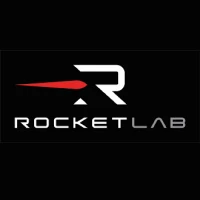Baby Come Back
Launch Success
Liftoff Time (GMT)
01:27:00
Tuesday July 18, 2023
Watch Replay
Official Livestream
Mission Details
Read Article
LEO 3
LEO 3 will provide continuity for customer and ecosystem vendor testing campaigns following the decommissioning of Telesat’s Phase 1 LEO satellite. Once successfully launched and on-station, LEO 3 will operate under an existing ITU network filing for Telesat Lightspeed, the company’s enterprise-class LEO constellation.
Sun-Synchronous Orbit
1 Payload
30 kilograms
Lemur-2
Lemur-2 is a constellation of LEO satellites built by Spire for meteorology and ship and aircraft traffic tracking. The Lemur-2 satellites carry the following payloads: * The SENSE payload to listen for GPS satellite signals - which are impacted as they pass through Earth's atmosphere. Using a process called GPS radio occultation, the satellites measure the change in GPS signal readings to calculate very precise profiles for temperature, pressure, and humidity here on Earth. * The STRATOS payload enables tracking ships worldwide by receiving their AIS signals. * The AirSafe ASD-B payload to track airplanes.
Sun-Synchronous Orbit
2 Payloads
4 kilograms
Starling
NASA’s Starling mission is designed to test technologies to enable future “swarm” missions. Spacecraft swarms refer to multiple spacecraft autonomously coordinating their activities to achieve certain goals. Starling will explore technologies for in-space network communications, onboard relative navigation between spacecraft, autonomous maneuver planning and execution, and distributed science autonomy.
Sun-Synchronous Orbit
4 Payloads
Rocket


Agency
Rocket LabPrice
$7.50 million
Rocket
Height: 18m
Payload to Orbit
LEO: 320 kg
Liftoff Thrust
224 Kilonewtons
Fairing
Diameter: 1.2m
Height: 4.05m
Stages
3
Launch Site
Stats
Electron
39th
Mission
7th
Mission of 2023
Rocket Lab
39th
Mission
7th
Mission of 2023
2023
106th
Orbital launch attempt
